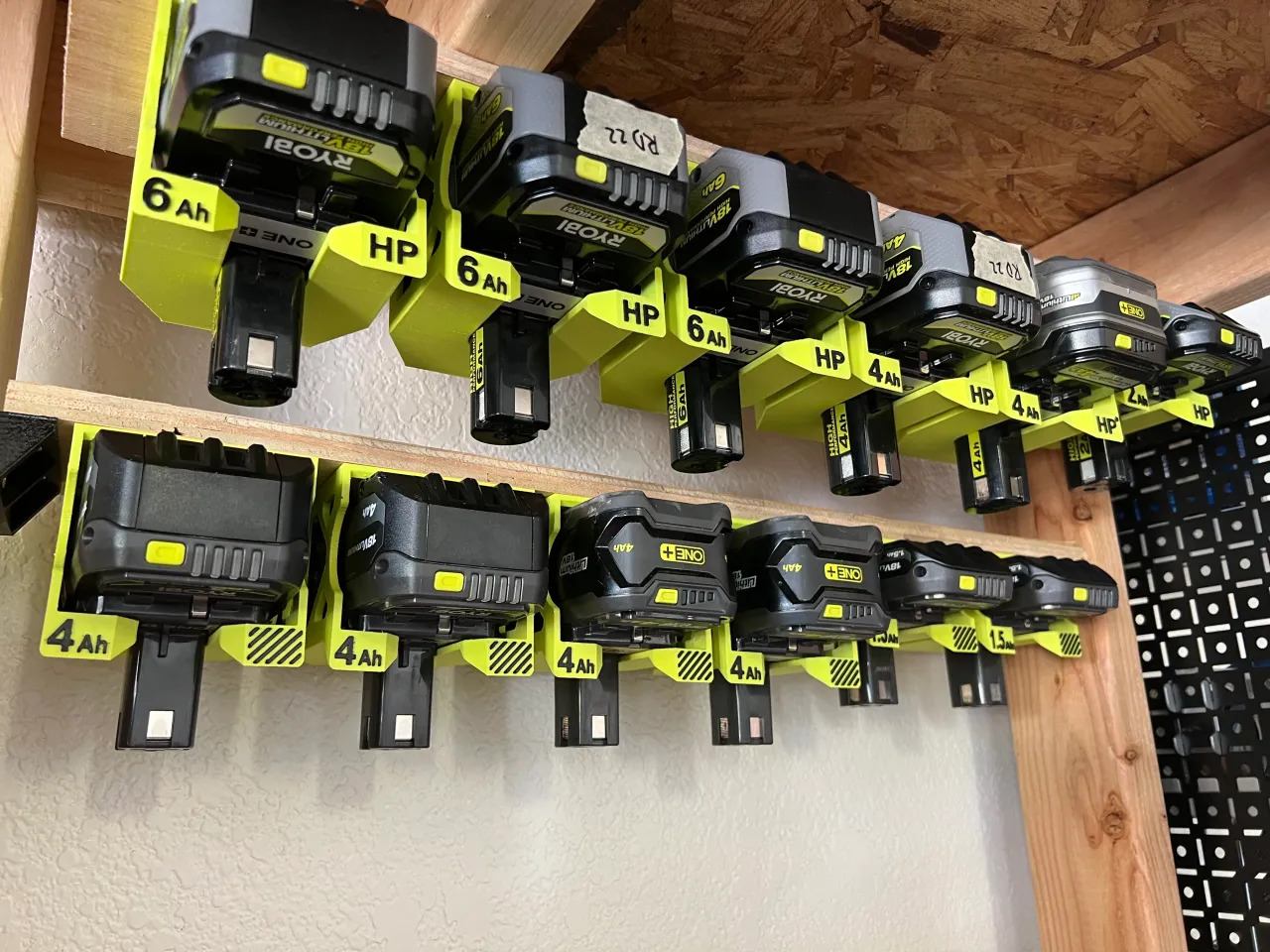

Articles
How To Recycle Ryobi Batteries
Modified: December 7, 2023
Learn how to recycle Ryobi batteries with these helpful articles. Ensure you dispose of your batteries responsibly and contribute to a greener environment.
(Many of the links in this article redirect to a specific reviewed product. Your purchase of these products through affiliate links helps to generate commission for Storables.com, at no extra cost. Learn more)
Introduction
As our reliance on portable electronic devices continues to grow, the demand for rechargeable batteries has skyrocketed. One popular brand that many of us rely on for our power needs is Ryobi. Whether it’s for power tools, gardening equipment, or other devices, Ryobi batteries are known for their reliability and performance.
However, like any other rechargeable battery, Ryobi batteries have a limited lifespan. Once they no longer hold a charge or become damaged, it’s important to properly dispose of them to prevent harm to the environment and ensure their components are recycled.
In this article, we will explore the importance of recycling Ryobi batteries and provide you with a step-by-step guide on how to do it correctly. By following these steps, you can contribute to the preservation of our planet and the responsible management of electronic waste.
Key Takeaways:
- Properly recycling Ryobi batteries is crucial for environmental protection, resource conservation, and compliance with regulations. By following the step-by-step guide, you can contribute to a sustainable future while ensuring safe and responsible disposal.
- Taking the time to identify, remove, prepare, and dispose of Ryobi batteries correctly is an essential step in reducing electronic waste and preserving the environment. Each small action towards responsible recycling makes a significant impact on our planet’s health and future.
Read more: How To Store Ryobi Batteries
Why Recycle Ryobi Batteries?
Recycling Ryobi batteries is crucial for several important reasons. Here are some of the key reasons why you should make an effort to recycle these batteries:
- Environmental Impact: Batteries, including Ryobi batteries, contain hazardous materials such as lead, cadmium, and mercury. When these batteries end up in landfills, these toxic substances can seep into the soil and water, posing a significant risk to our ecosystems and wildlife. By recycling Ryobi batteries, we can reduce the environmental impact and prevent the release of these harmful chemicals into the environment.
- Resource Conservation: Batteries contain valuable metals like nickel, cobalt, and lithium. These metals can be extracted and reused in the production of new batteries or other products. By recycling Ryobi batteries, we can conserve these precious resources, reducing the need for new mining operations and minimizing the associated environmental impacts.
- Compliance with Regulations: In many countries, the disposal of batteries is regulated by law. It is important to comply with these regulations to avoid penalties and protect public health and the environment. Recycling Ryobi batteries ensures that you are meeting these legal requirements.
- Sustainability: Recycling is an integral part of a sustainable society. By participating in the recycling of Ryobi batteries, you are promoting the circular economy model where materials are reused and recycled, reducing the overall environmental footprint. This contributes to a cleaner and healthier planet for future generations.
Now that we understand the importance of recycling Ryobi batteries, let’s move on to the step-by-step guide on how to properly recycle them.
Step 1: Check the Battery Type
Before you begin the recycling process, it’s essential to determine the type of battery you have. Ryobi produces various types of batteries, including lithium-ion (Li-ion), nickel-cadmium (NiCd), and nickel-metal hydride (NiMH) batteries. Each type requires specific handling and recycling methods.
To identify the type of Ryobi battery you have, look for markings or labels on the battery itself. The battery type is often indicated by abbreviations or symbols, such as “Li-ion” for lithium-ion batteries or “NiCd” for nickel-cadmium batteries.
For safety reasons, it’s also crucial to check the condition of the battery. If it is damaged, swollen, leaking, or shows signs of corrosion, it may pose a risk and require special handling. In such cases, contact your local recycling center or hazardous waste disposal facility to seek guidance on how to dispose of it safely.
By checking the battery type and condition, you can ensure that you handle the recycling process appropriately and reduce any potential risks.
Step 2: Remove the Battery from the Device
Once you have identified the type of Ryobi battery you have, the next step is to safely remove it from the device. This is necessary to ensure proper handling during the recycling process and to prevent any accidents or damage.
Follow these steps to remove the battery from your Ryobi device:
- Turn off the device: Make sure that the device powered by the Ryobi battery is turned off and unplugged. This will prevent any electric shocks or accidents during the removal process.
- Locate the battery compartment: Depending on the device, the battery compartment may be located on the side, bottom, or back. Consult the device’s user manual if you’re unsure.
- Open the battery compartment: Use the appropriate mechanism, such as a latch, button, or sliding switch, to open the compartment and access the battery. Be careful not to force it open as this may cause damage.
- Remove the battery: Take out the Ryobi battery from the compartment by gently pulling it out. If the battery is securely fastened, refer to the device’s user manual for instructions on how to release it.
- Store the battery safely: Once removed, keep the battery in a cool, dry place away from heat sources or flammable materials. This will help prevent any potential hazards or accidents.
By carefully removing the battery from your Ryobi device, you’re ensuring its safety during the recycling process and preparing it for proper disposal.
When recycling Ryobi batteries, make sure to remove them from the power tool and take them to a designated recycling center or a participating retailer. Do not dispose of them in the regular trash.
Step 3: Find a Recycling Facility
Now that you have removed the battery from your Ryobi device, it’s time to find a suitable recycling facility. Recycling facilities specialize in the proper handling and recycling of batteries, ensuring that they are disposed of safely and their components are reclaimed for reuse.
Here are some ways to find a recycling facility for your Ryobi battery:
- Check with local waste management authorities: Contact your local municipal or county waste management department to inquire about battery recycling programs in your area. They can provide information about drop-off locations or special collection events for batteries.
- Search online directories: Use online directories or search engines to find recycling facilities near you. Websites like Earth911 or Call2Recycle offer search tools that allow you to find recycling centers based on your location and the type of batteries you want to recycle.
- Contact retailers: Some retailers or manufacturers of Ryobi products may have specific recycling programs or partnerships with recycling facilities. Reach out to them for information on where you can recycle your Ryobi batteries.
- Check community events: Keep an eye out for community events such as electronic recycling drives or hazardous waste collection days. These events often provide opportunities to drop off batteries and other electronic waste for proper recycling.
When selecting a recycling facility, ensure that they follow proper environmental and safety standards for battery disposal. Look for certifications or accreditations that demonstrate their commitment to responsible recycling practices.
Once you have identified a suitable recycling facility, take note of their location, operating hours, and any specific requirements for battery drop-off.
By finding the right recycling facility, you’re taking an important step towards ensuring that your Ryobi battery is recycled in an environmentally friendly and responsible manner.
Read more: Who Sells Ryobi Batteries
Step 4: Prepare the Battery for Recycling
Before you drop off your Ryobi battery at the recycling facility, it’s important to prepare it for recycling. This ensures safe transportation and facilitates the recycling process. Here are some steps to follow:
- Inspect the battery: Before preparing the battery, examine it for any signs of damage, leakage, or corrosion. If you notice any of these issues, it may require special handling. Contact your local recycling facility for guidance on how to safely dispose of damaged batteries.
- Protect the battery terminals: To prevent any accidental short-circuits or damage during transportation, cover the battery terminals with electrical tape or use a plastic bag to encapsulate the battery. This will ensure that the terminals are protected and won’t come into contact with other batteries or conductive materials.
- Separate batteries: If you have multiple Ryobi batteries, make sure to keep them separate. Different battery chemistries should not be mixed during recycling. For example, lithium-ion batteries should be separated from nickel-cadmium or nickel-metal hydride batteries.
- Package the battery securely: Place the prepared battery in a sturdy, sealable bag or container. If you have multiple batteries, make sure they are individually wrapped and secured to prevent any movement or contact between them.
- Label the package: Clearly label the package as “Used Batteries for Recycling” to ensure that it is handled correctly by the recycling facility. Include your name and contact information if required.
By preparing the battery for recycling, you’re ensuring the safety of the transportation process and facilitating the proper handling of the battery once it reaches the recycling facility.
Step 5: Dispose of the Battery Correctly
Now that you have prepared your Ryobi battery for recycling, the final step is to dispose of it correctly. Follow these guidelines to ensure proper disposal:
- Transport the battery safely: When transporting your battery to the recycling facility, handle it with care to minimize the risk of damage. Place the battery package in a secure location in your vehicle to prevent any accidental spills or bumps.
- Follow the recycling facility’s instructions: Different recycling facilities may have specific instructions for battery drop-off. It is essential to follow their guidelines regarding drop-off locations, operating hours, and any additional requirements.
- Do not dispose of in regular trash or recycling bins: Never throw your Ryobi battery in the regular trash or recycling bins. Batteries can contaminate the environment and cause harm if not disposed of correctly. It’s crucial to take the extra step to recycle them properly.
- Provide information if needed: Some recycling facilities may require you to provide information about the battery, such as its chemistry or manufacturer. If requested, provide any necessary details to ensure proper recycling.
- Ask about disposal alternatives for damaged batteries: If your Ryobi battery is damaged, leaking, or exhibits signs of corrosion, consult the recycling facility regarding special procedures for disposing of these batteries. They can guide you on how to handle them safely.
By disposing of your Ryobi battery correctly, you are ensuring that it is safely recycled, minimizing environmental impact, and contributing to the responsible management of electronic waste.
Remember, recycling batteries is an important step towards a greener future. By following these steps and making a conscious effort to recycle Ryobi batteries, you are playing your part in conserving resources and protecting the environment for generations to come.
Conclusion
Properly recycling Ryobi batteries is not only beneficial for the environment but also essential for the responsible management of electronic waste. By following the steps outlined in this guide, you can ensure that your Ryobi batteries are recycled in a safe and environmentally friendly manner.
Recycling Ryobi batteries helps reduce the environmental impact by preventing toxic materials from seeping into the soil and water. It also conserves valuable resources by reclaiming metals from the batteries for reuse. Additionally, recycling batteries ensures compliance with regulations and contributes to the sustainability of our society.
Remember, before recycling your Ryobi battery, check its type and condition. Remove it safely from the device and store it properly to avoid any accidents or damage. Then, find a recycling facility that specializes in battery recycling and follow their guidelines for drop-off. Before disposing of the battery, make sure to prepare it by protecting the terminals, separating different battery chemistries, and securely packaging it.
By responsibly disposing of your Ryobi battery, you are taking an active role in protecting the environment and promoting a greener future. Every small action counts in reducing electronic waste and preserving our planet for future generations.
So, the next time you need to replace a Ryobi battery, remember to recycle it properly. Together, we can make a significant impact on the environment and create a more sustainable world.
Frequently Asked Questions about How To Recycle Ryobi Batteries
Was this page helpful?
At Storables.com, we guarantee accurate and reliable information. Our content, validated by Expert Board Contributors, is crafted following stringent Editorial Policies. We're committed to providing you with well-researched, expert-backed insights for all your informational needs.
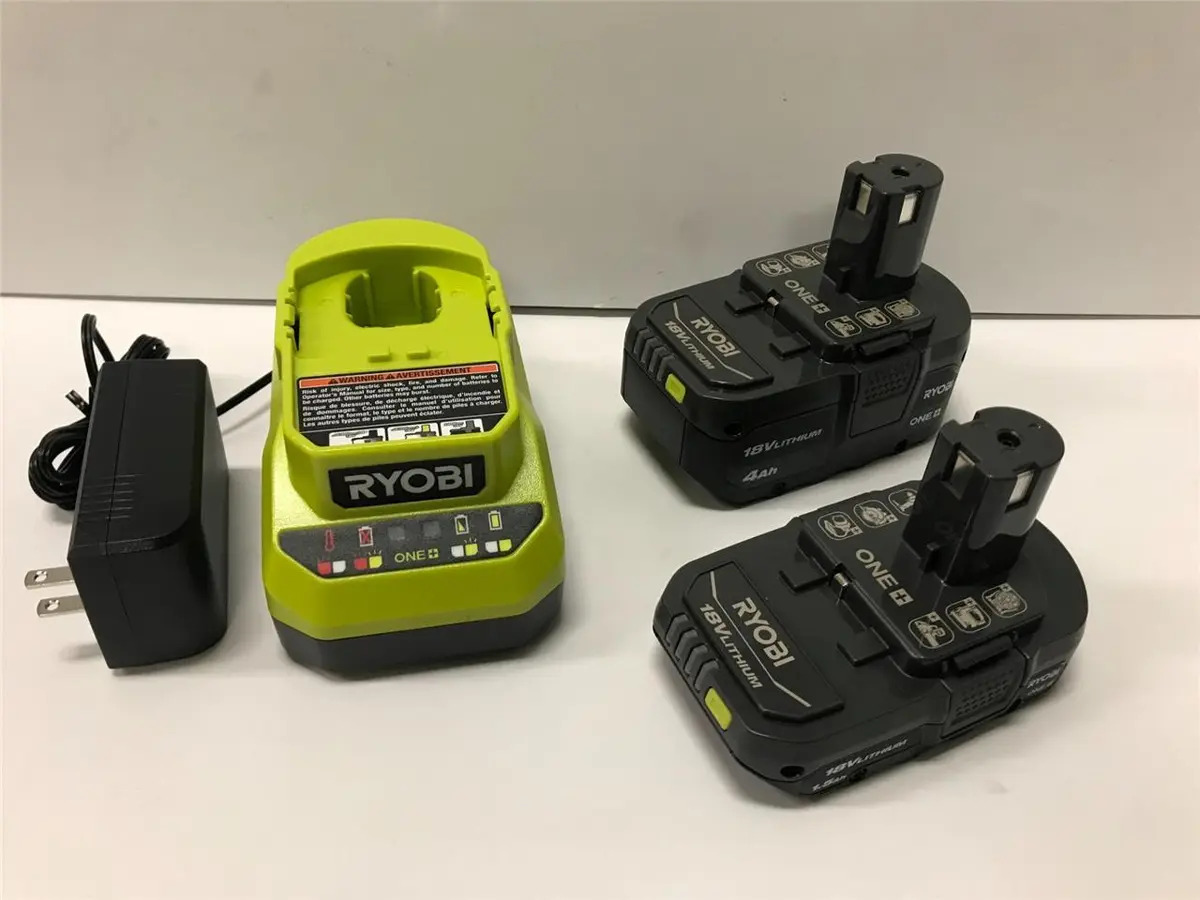
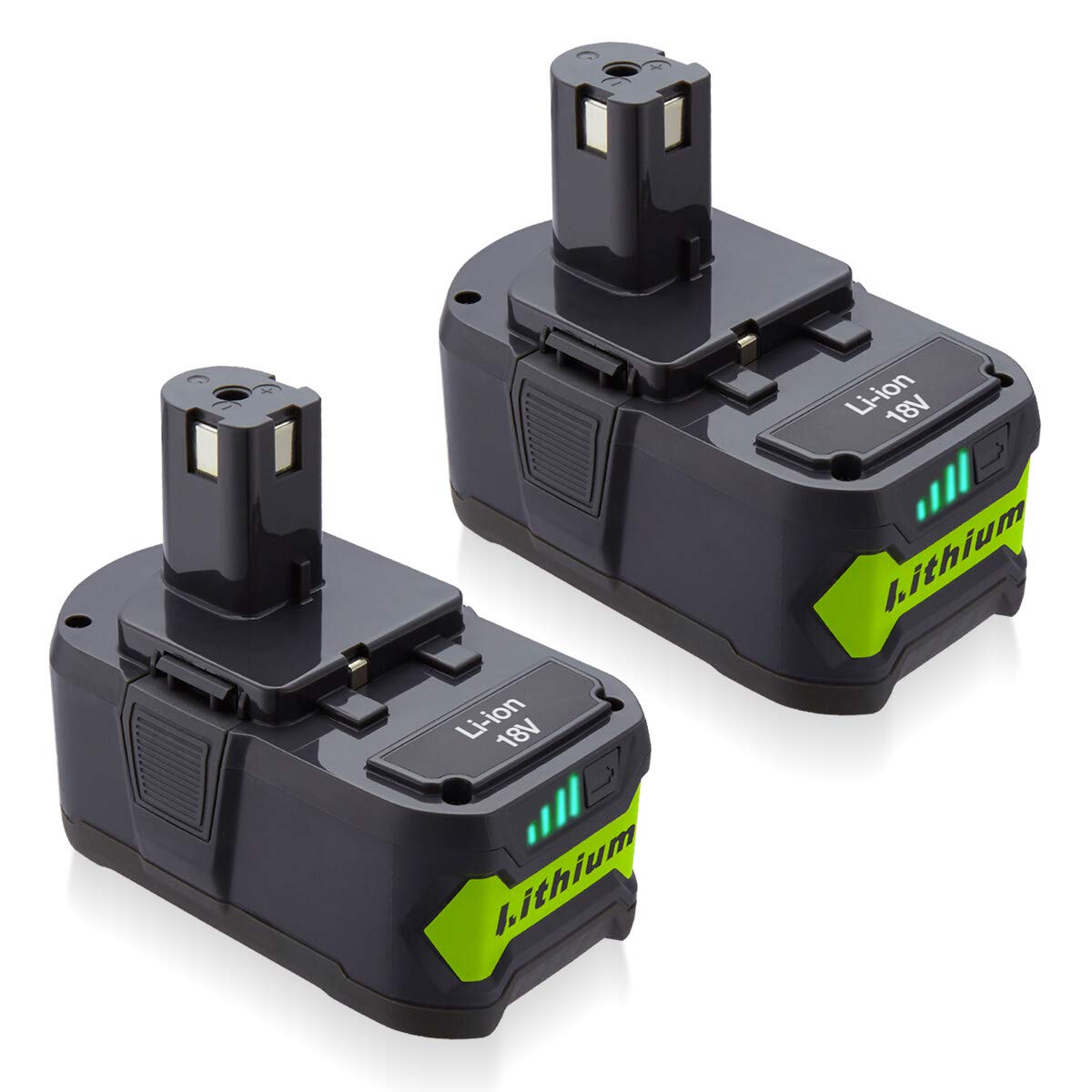
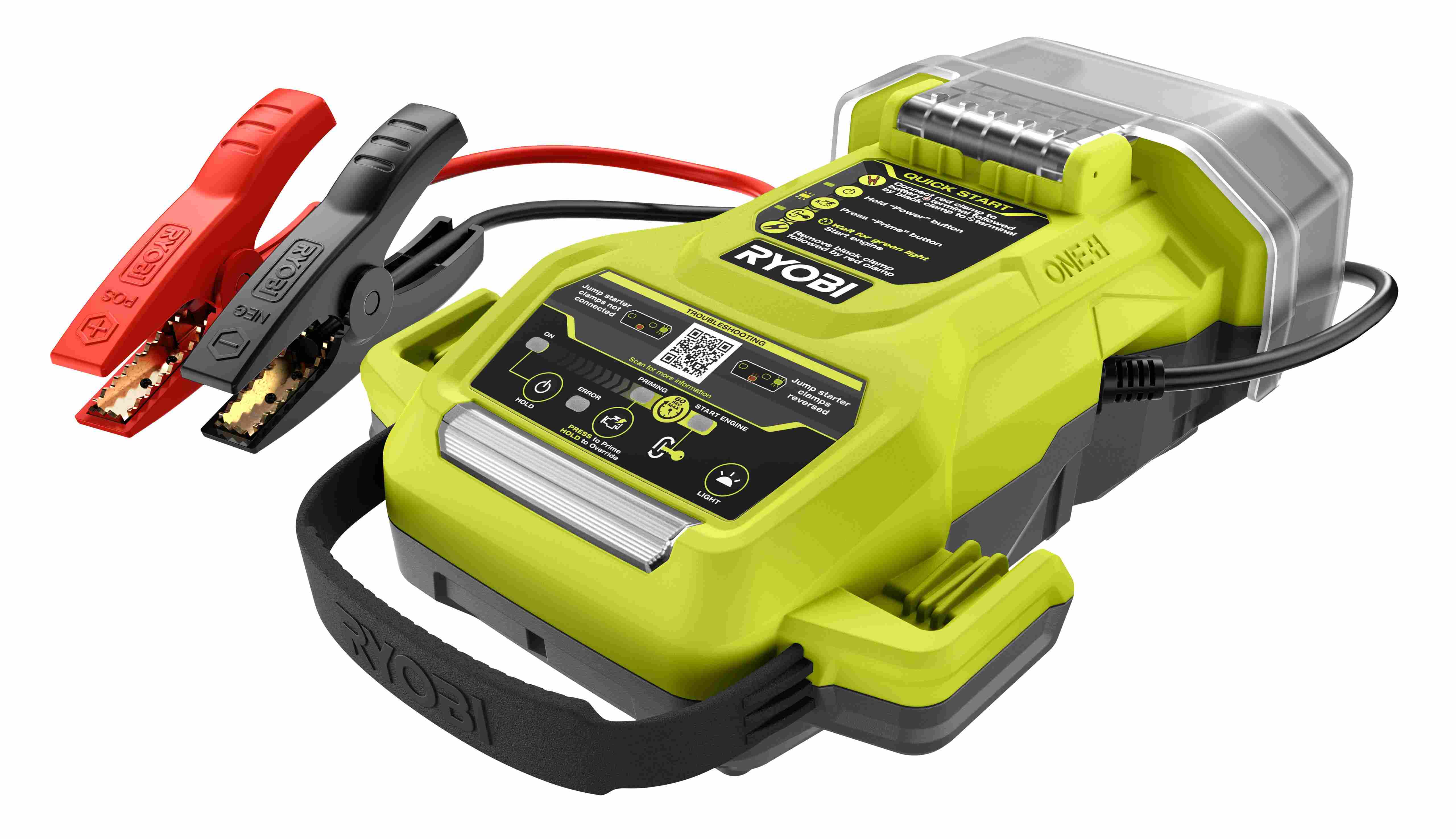
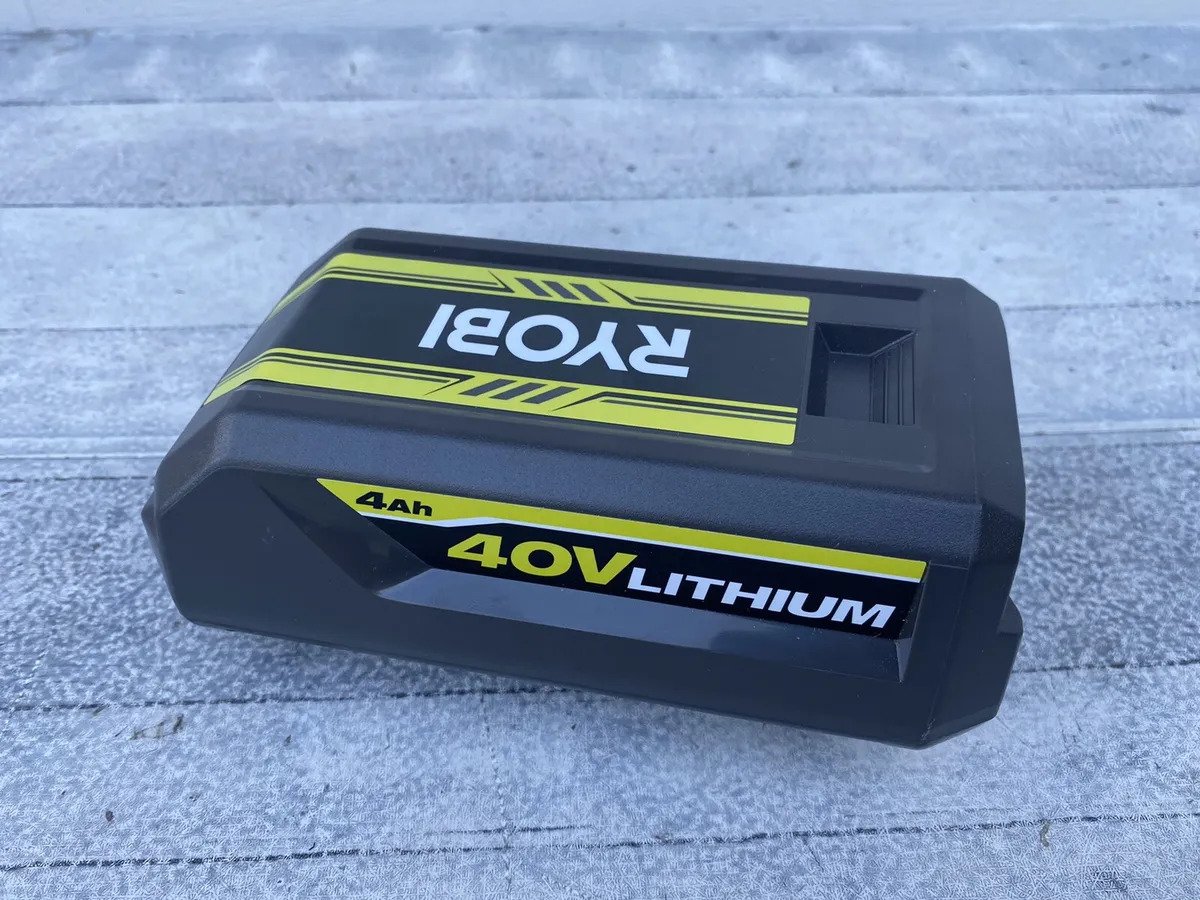
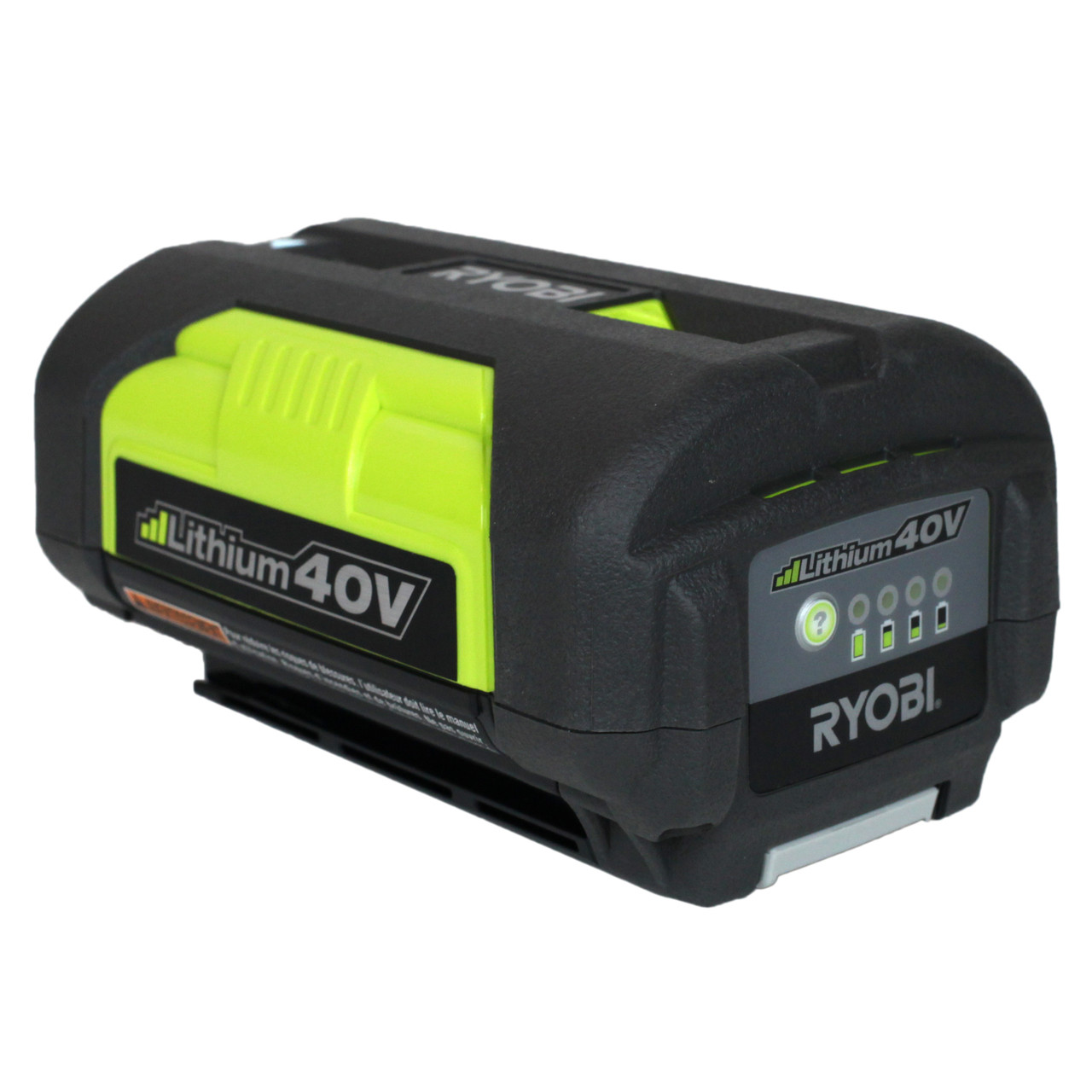
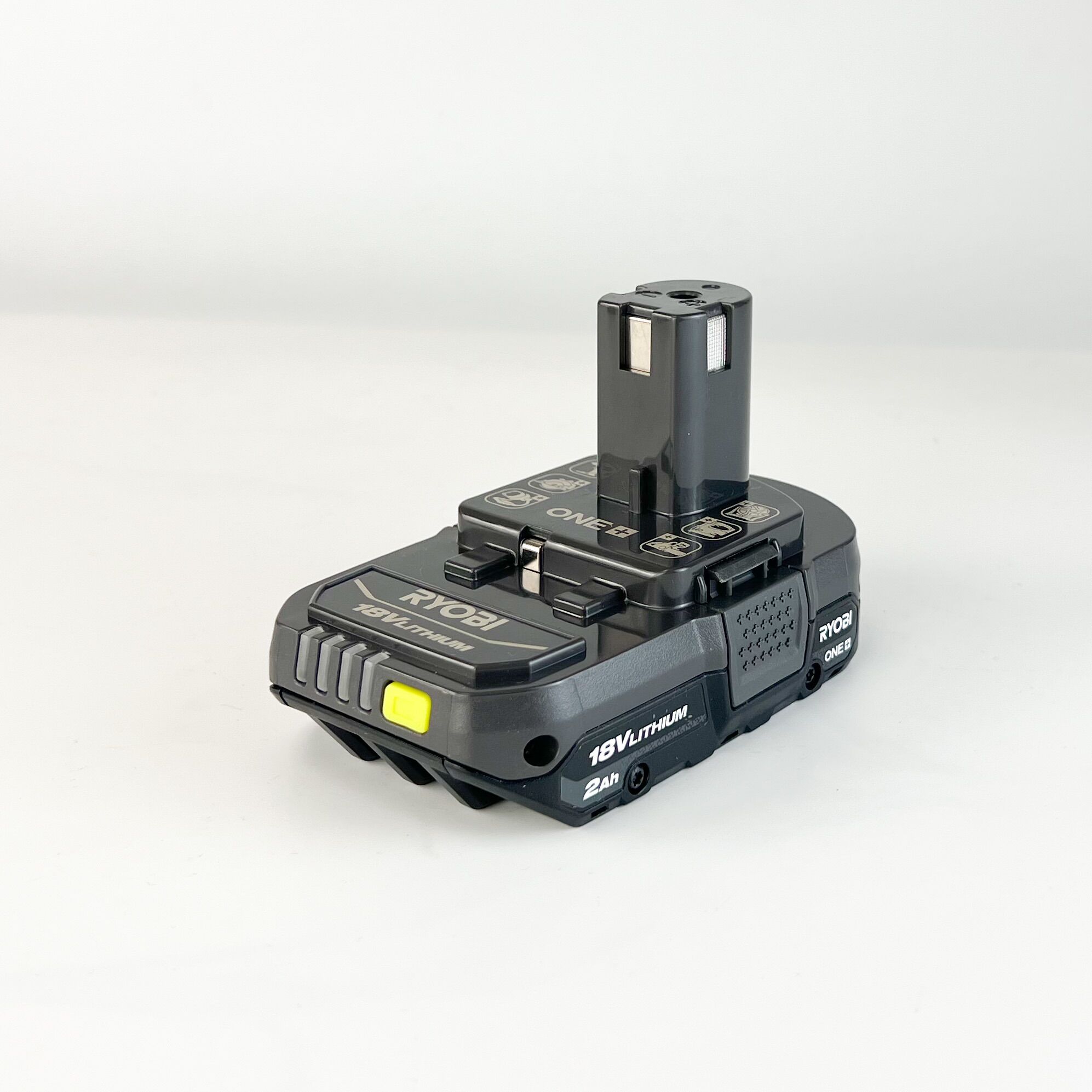
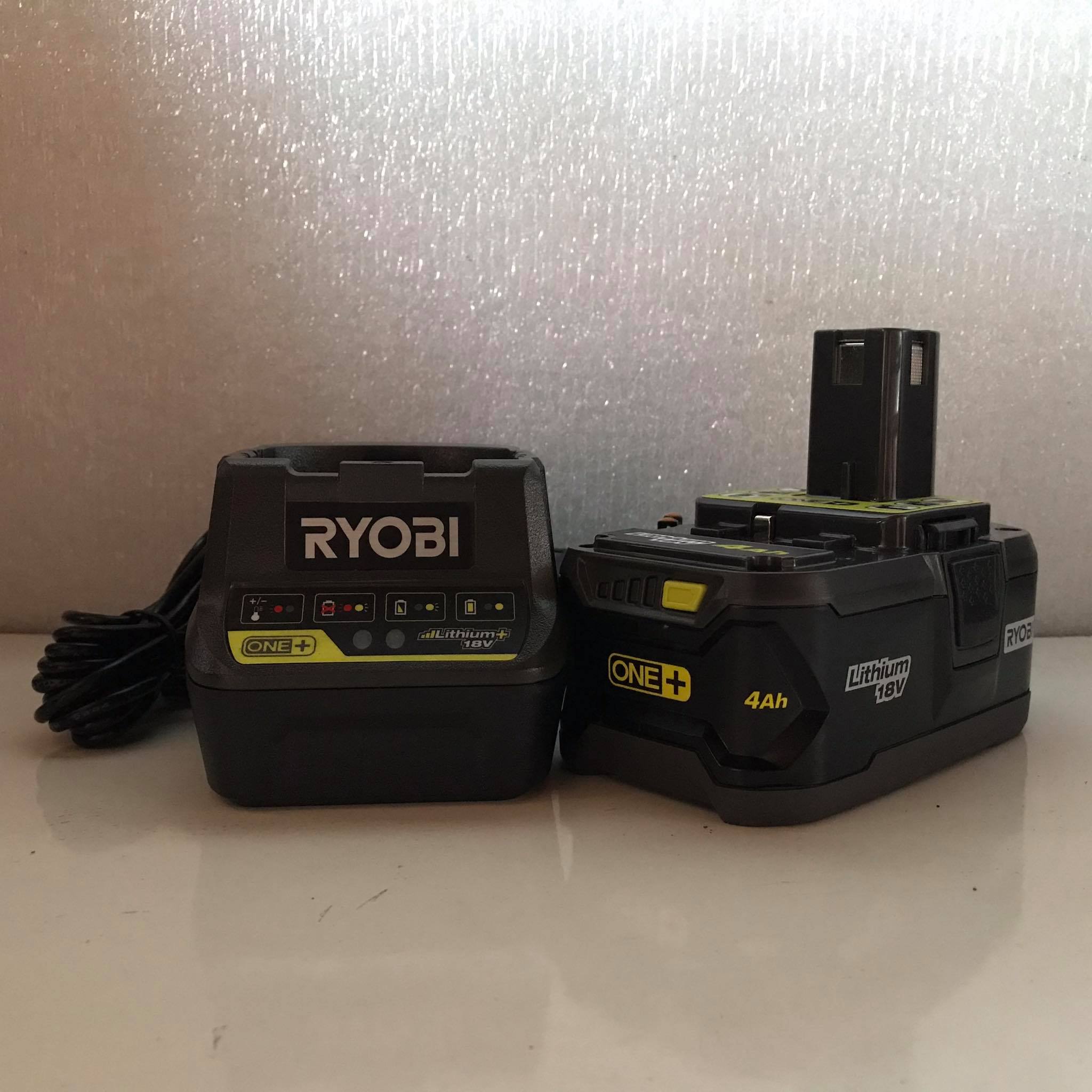
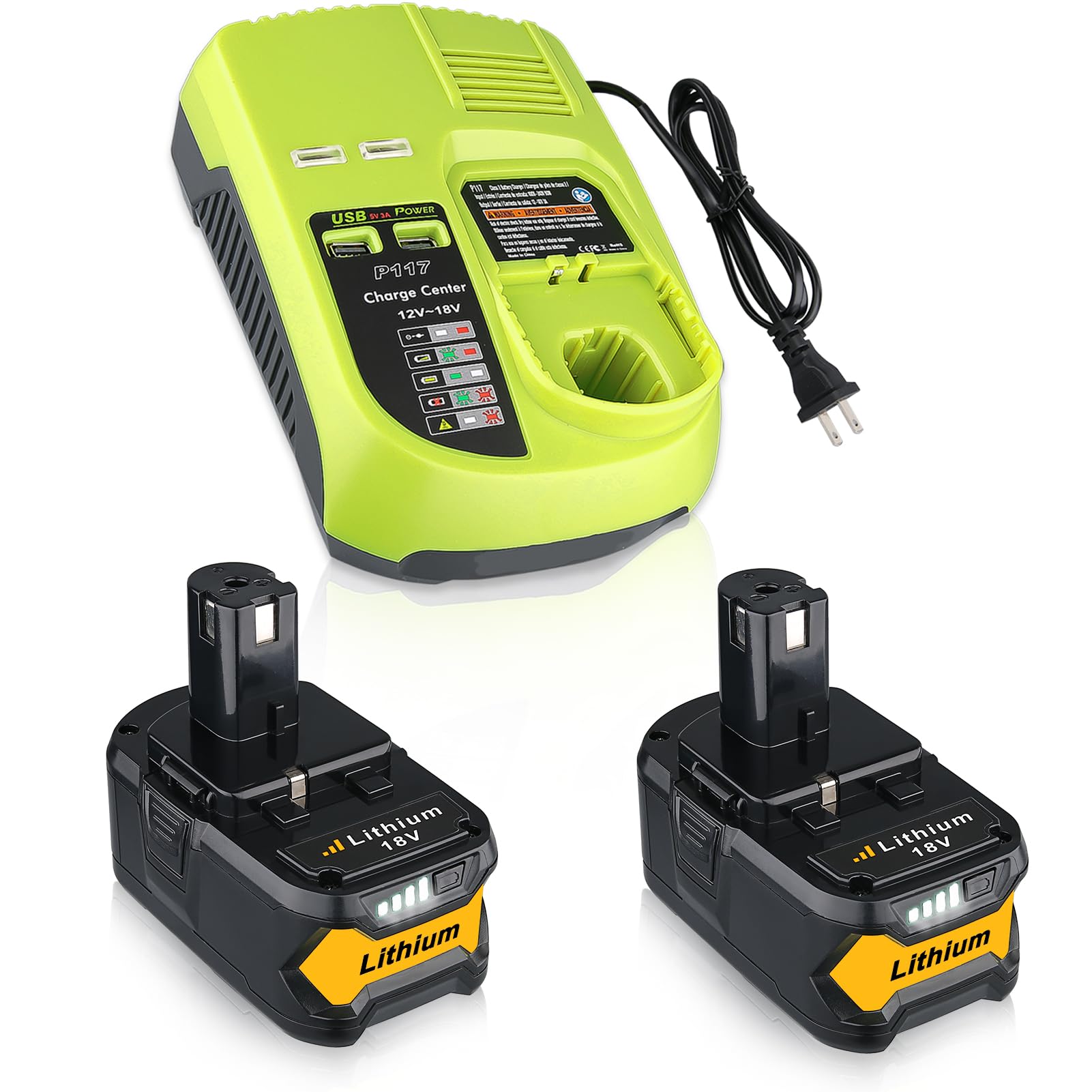
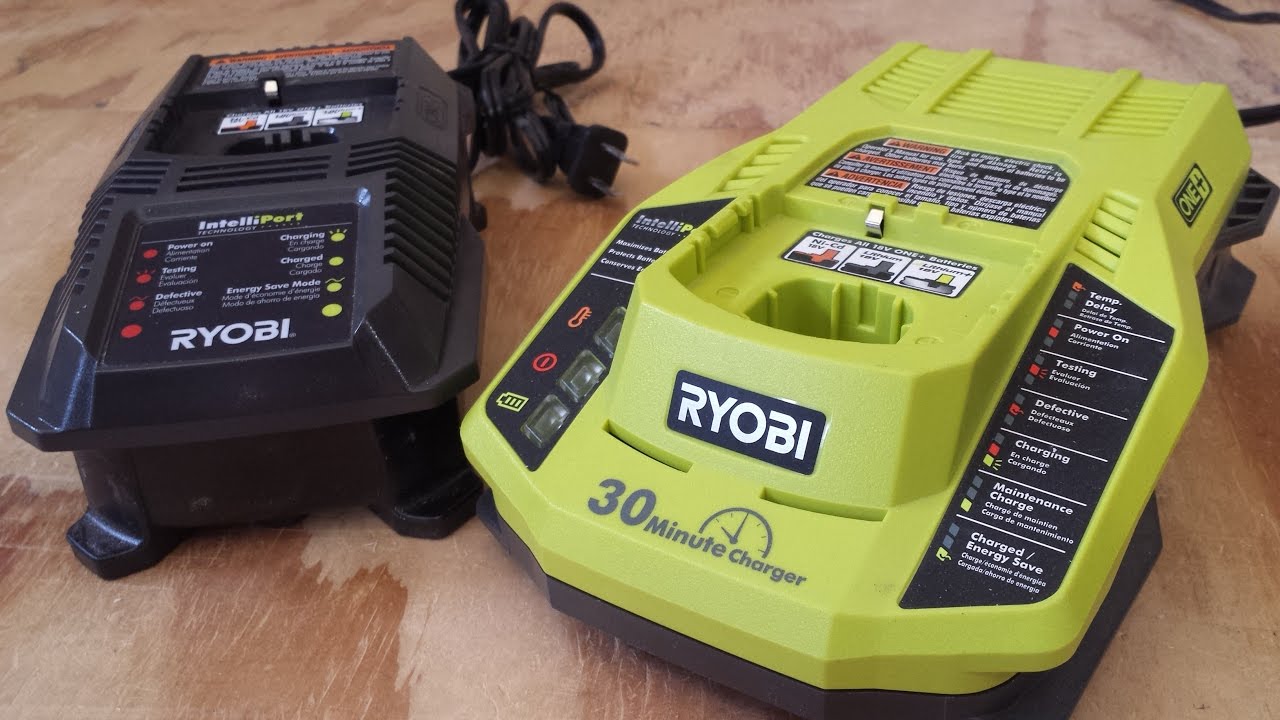
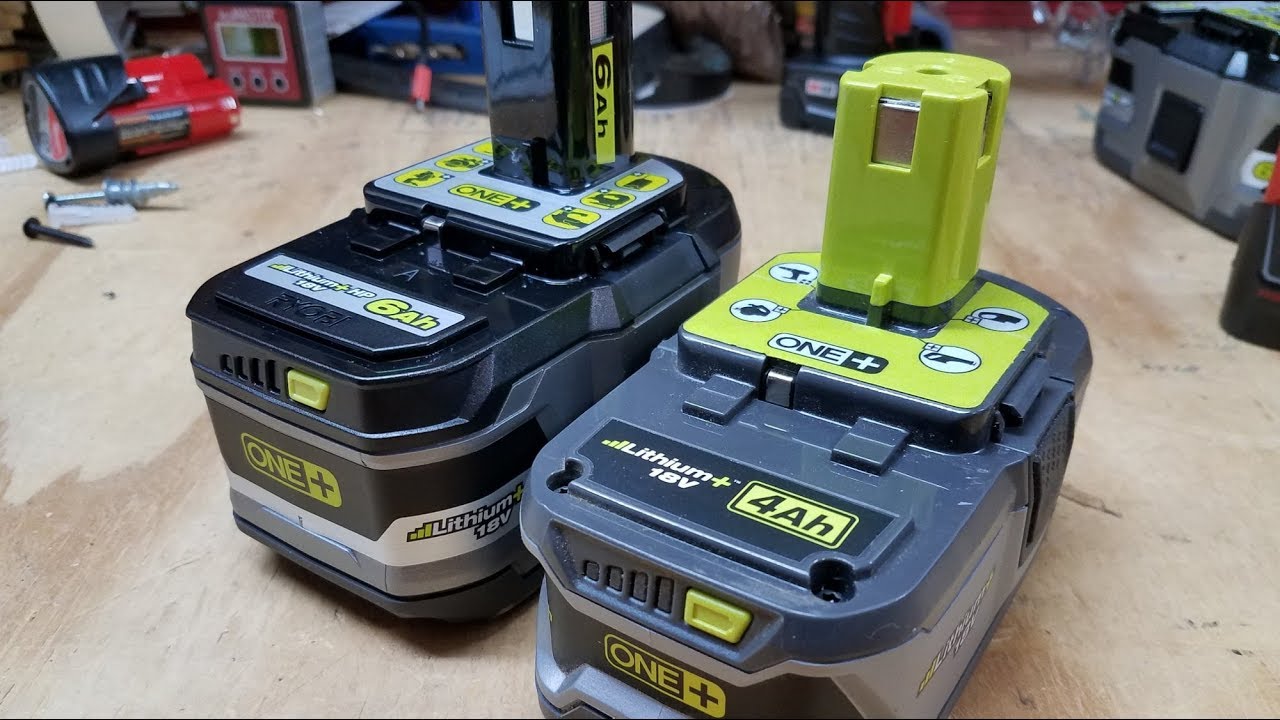
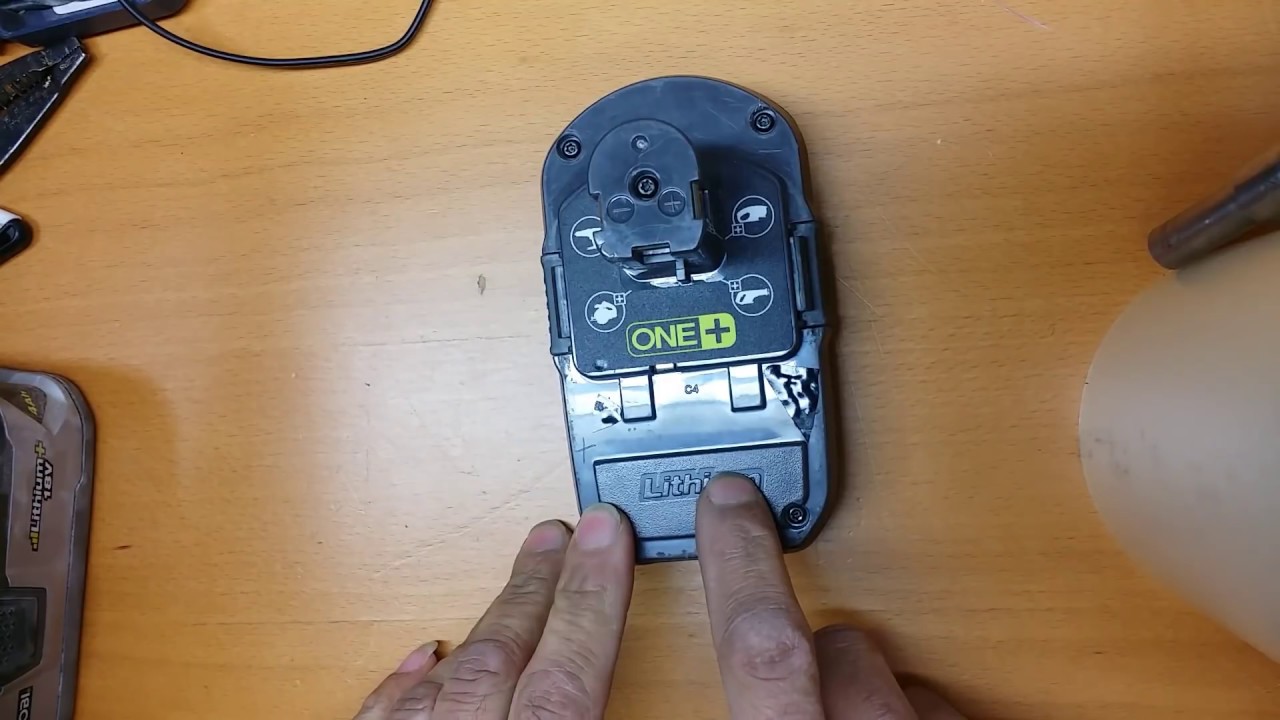
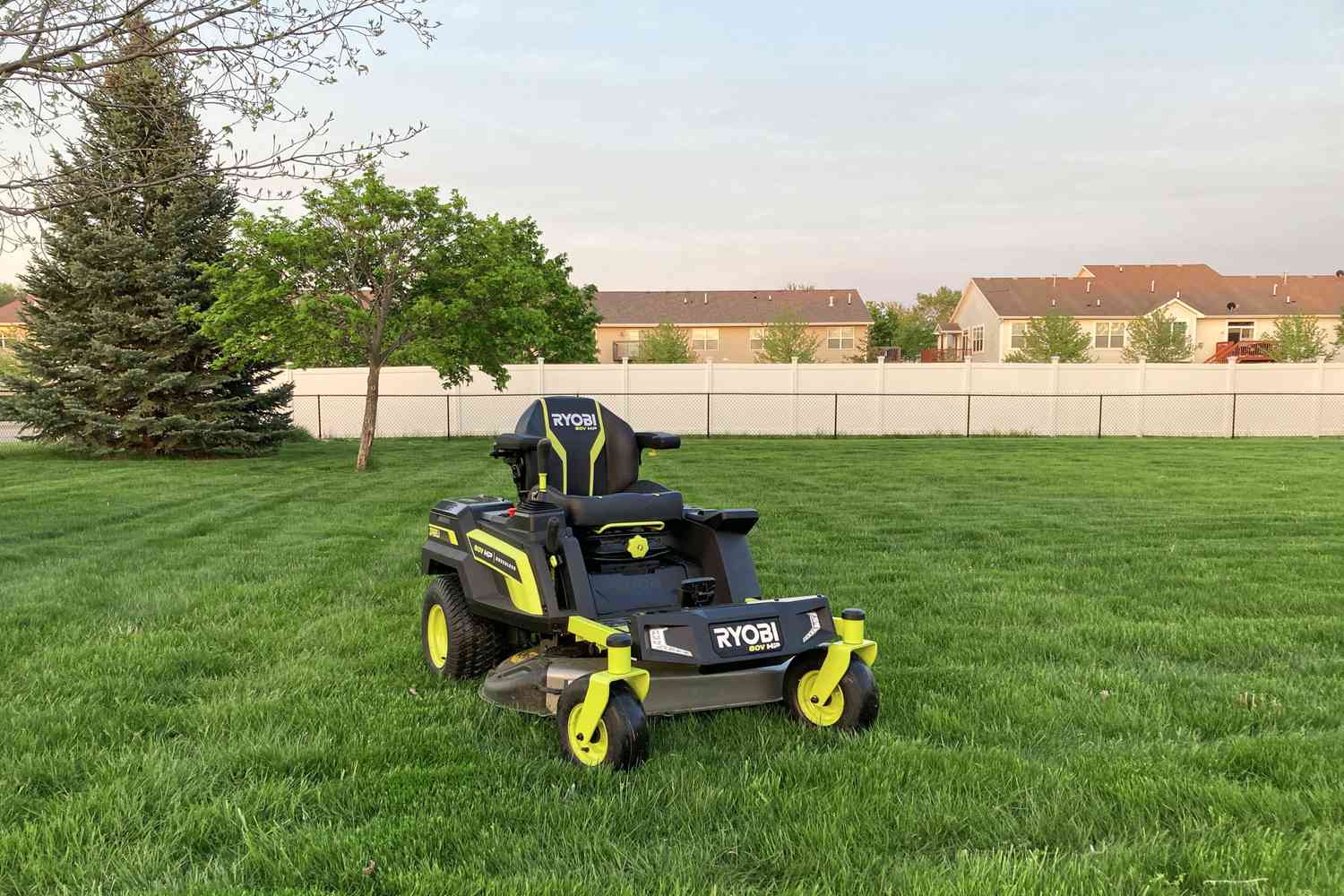
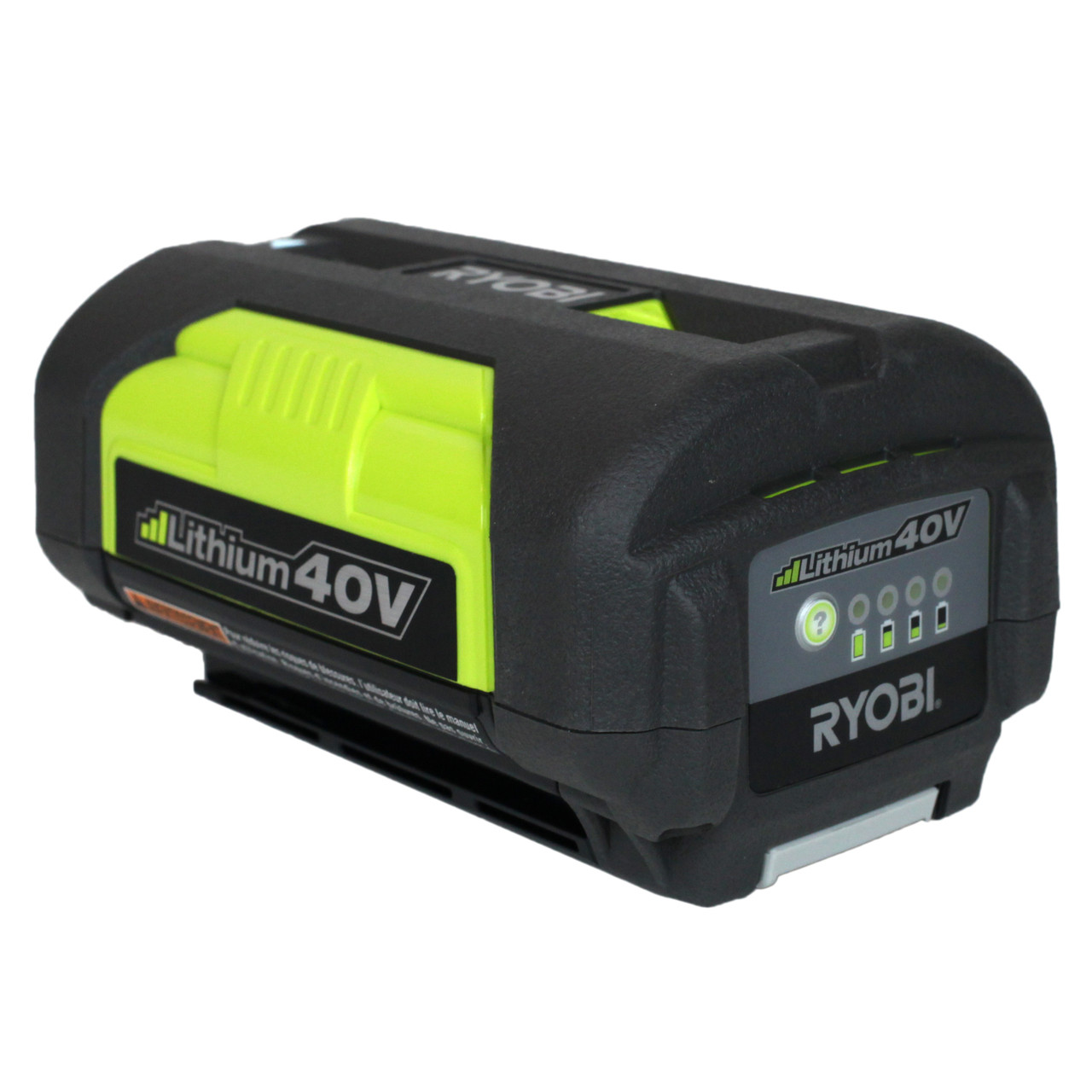
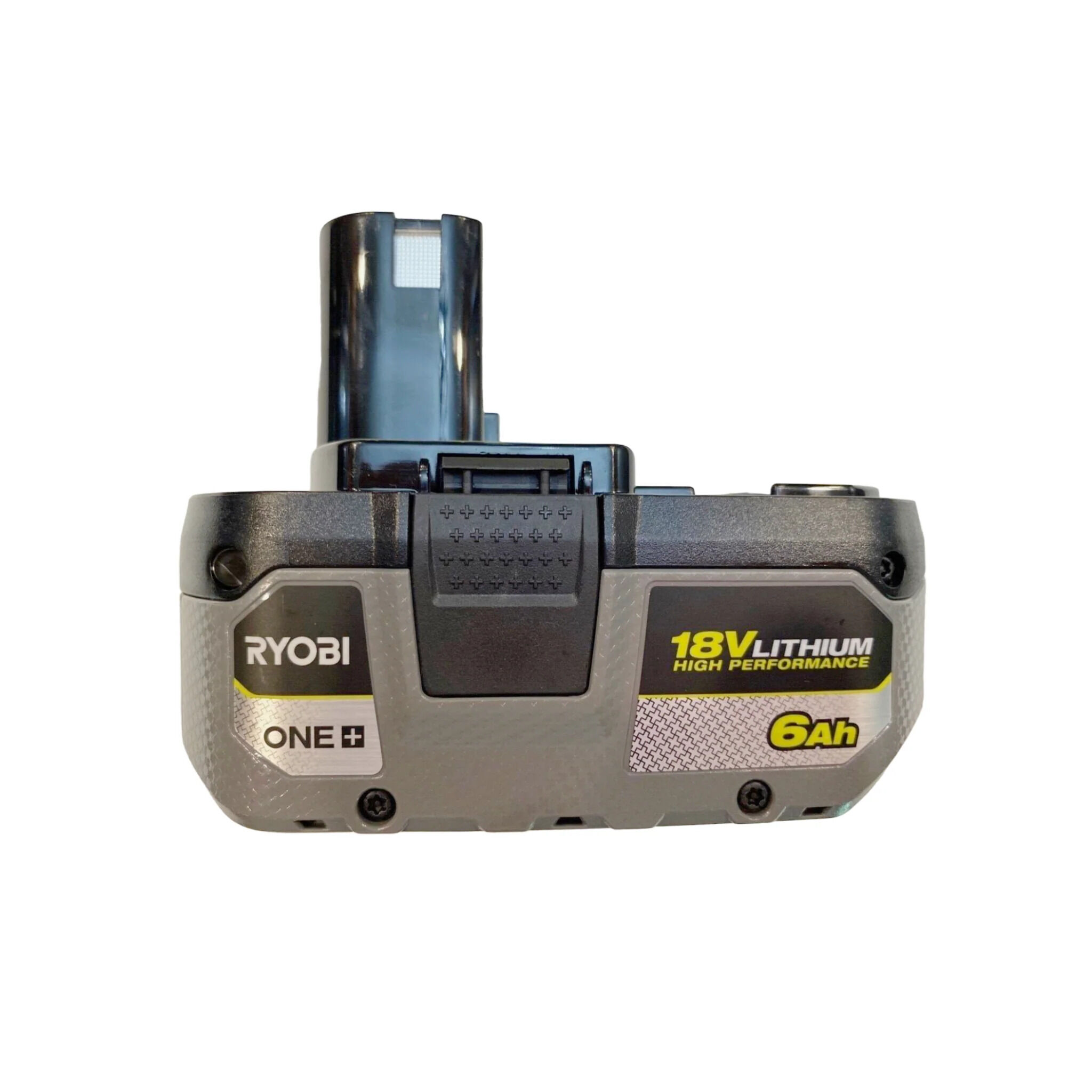

0 thoughts on “How To Recycle Ryobi Batteries”